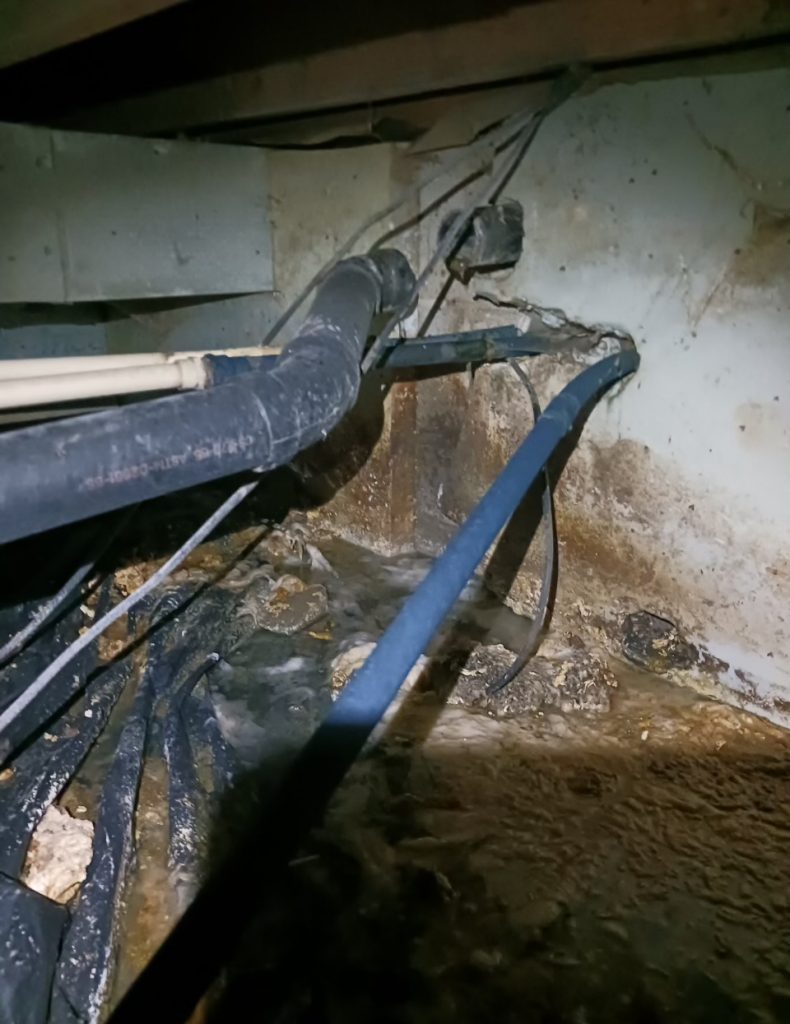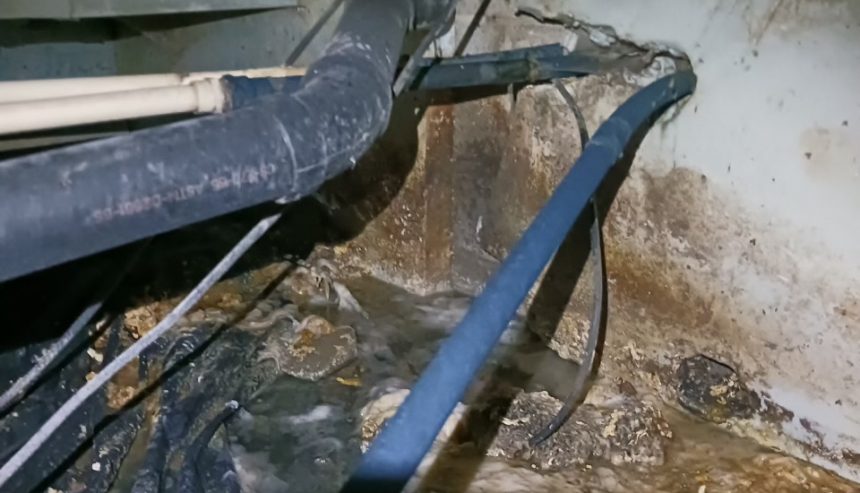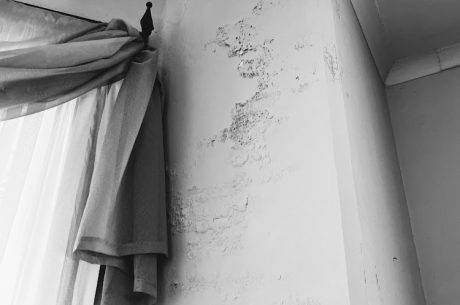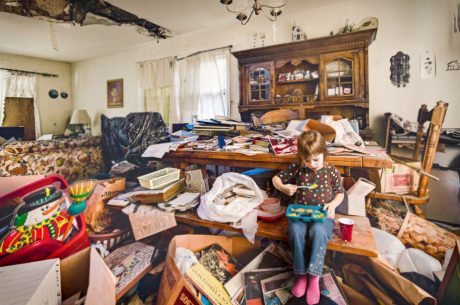
Aside from spending time and money to fix a sewage backup problem, sewage flooding also presents serious health hazards. Sewage contains contaminants like bacteria, fungi, parasites, or viruses, which makes dealing with the flooding yourself a health risk.
Not only is a DIY job dangerous, but moisture may hide behind walls and further problems like mold growth can follow. Calling a professional restoration company is your best way to deal with a sewage backup in your basement. However, here’s what you can do to mitigate the damage in your basement before the restoration team arrives:
Table of Contents
Sewage Backup: What to do
Evacuate the Flooded Area
Sewage contaminants are hazardous to pets as well. It is crucial to avoid any contact with the contaminated water, as it may contain harmful bacteria and chemicals.
Turn Off Electrical Power in the Flooded Area.
Electrical wires or appliances might come in contact with standing water or wet materials. If the main circuit breaker is in the basement, be careful. If you can’t safely turn off the power, don’t go near electrical devices.
Wear Proper Clothing

Wear protective clothing like a facemask, eyeglasses, gloves, and rubber boots before walking through sewage water. Additionally, ensure that any cuts or open wounds are properly covered to prevent contamination. It’s also wise to carry a disinfectant spray or wipes to clean any surfaces you might come into contact with. After exposure, thoroughly wash your hands and any other exposed skin with soap and water. Remember, safety first, and taking these precautions can significantly reduce the risk of infection or illness.
Turn Off Water
Shut off the valve for the main water line of your home. Check out how to shut off utilities during a disaster.
Insurance Company
Notify your insurance company about the sewage backup. Remember that sewer backups are not covered by standard homeowners’ insurance, unless you’ve purchased extra endorsements for sewers and drains. Learn more about homeowners’ insurance and water damage.
Contact Your Municipal Authority
Notify your municipal authority or sewer department if your home is connected to a public sewer.
Don’t Use Your Water
Don’t use the water supply system in your home until the backup problem is fixed – don’t flush toilets or drain tubs and sinks. This could lead to even more sewage backup and more work to be done.
Properly Ventilate
Open windows or doors to let fresh air in and ventilate the area. Ensure that the ventilation is consistent throughout the space by using fans or air purifiers, especially in areas where air circulation is limited.
Disinfect
Add some chlorine bleach to the standing water to disinfect it a little. Be sure to follow the recommended guidelines for the correct amount, as too much bleach can be harmful. It’s important to keep the area well-ventilated to avoid inhaling fumes.
Learn more about the top causes of basement flooding to help prevent these disasters in the future. Additionally, check out seven key tips to keep your basement dry and avoid mold growth and structural problems. Contact your local PuroClean office for mold remediation services, water damage repair, biohazard cleaning, and fire/smoke restoration.



